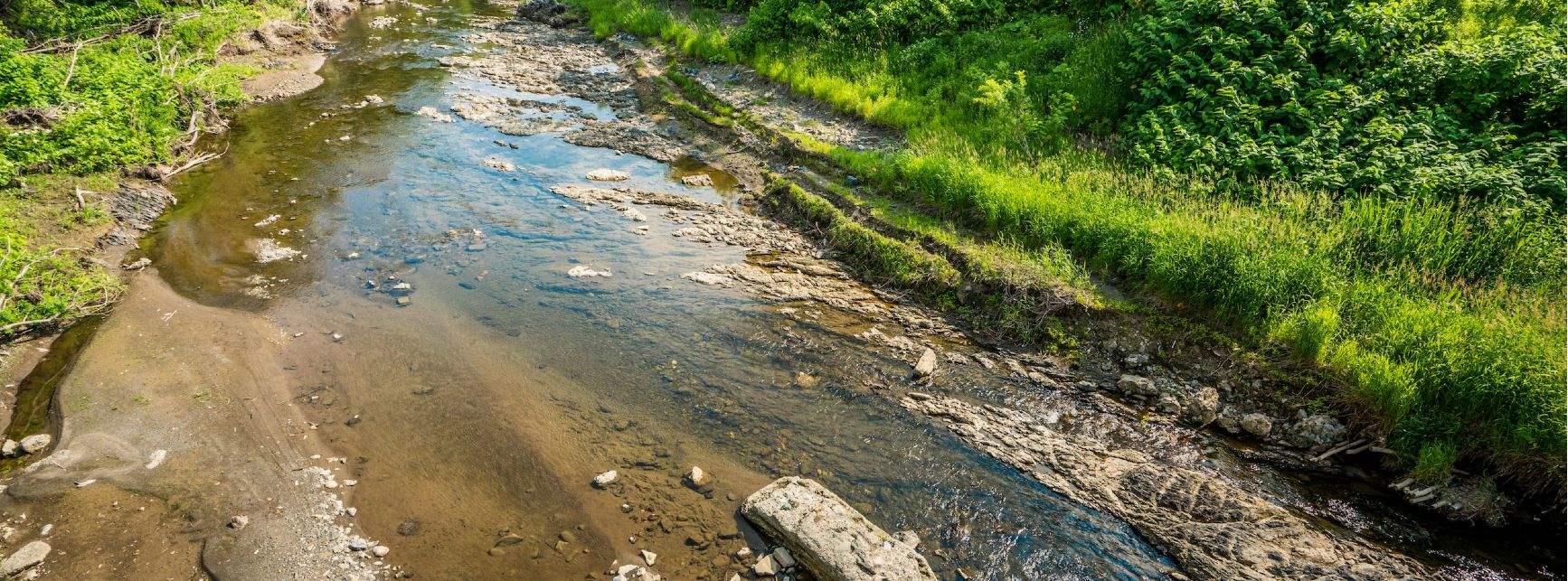The extraordinary period of prolonged sunny weather this summer has been welcomed by many across Scotland. Yet for most farmers the effects will be far reaching, long-term and costly.
When I'm not sitting at my desk, or visiting food and farming clients across North East Scotland, I operate a 4,700-acre farm in Speyside. Talk among the farmers I meet in both capacities is of springs and watercourses drying up, causing problems with grazing, and of livestock having to be moved, not to mention hydro schemes ceasing to function.
All this has resulted in vast amounts of extra work for farmers with a knock-on impact on future profits. Many see livestock prices collapsing due to shortages of feed and fodder supplies. Spring cereal yields are looking light in many areas, although future prices for wheat are likely to be more positive in the light of possible supply shortages.
More than 1,490mm of rain fell on Scottish land last year, 55 per cent more than south of the border, and 90 per cent of the UK’s water supply is based in Scotland. Hindsight is a wonderful thing, but in times of plenty here in Scotland we are profligate with our water resource. I have had to invest time and money in buying new equipment and pumping water from the Spey into my fields. I hope this means I will be better prepared in future as research tells us that water shortages are only to become more acute.
Indeed a UK Government national adaption plan estimates between 27 million and 59 million people in Britain will be living in areas affected by water shortage by 2050. Water use has grown by 50 per cent in the past 25 years in the UK and global demand for water is predicted to outstrip supply by 40 per cent over the next 20 years.
A more typical British summer appears to be on its way now, but it will take some time for scorched farming land to return to normal. Meanwhile, the summer of 2018 has taught us all some important lessons, including the following imperatives:
- Invest in capturing alternative sources of water.
- As straw becomes scarce and expensive, consider cheaper alternative bedding sources like woodchip or sand, and keep stock outside for longer this autumn.
- Consider feed rations that are based on possible cheaper alternatives.
- Consider selling stock earlier than would be normal or keeping animals on maintenance diets till next year.
Further information

.jpg)

.jpg)
.jpg)
.jpg)
.jpg)



